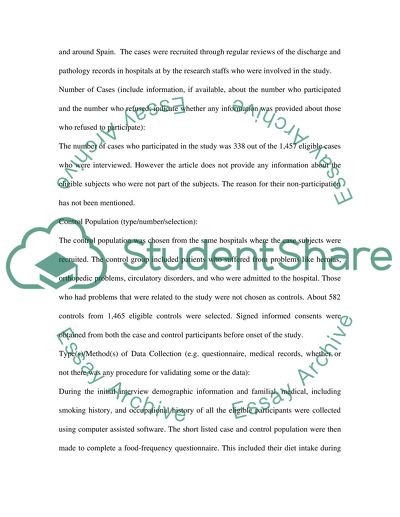Cite this document
(Total Fluid and Water Consumption Assignment Example | Topics and Well Written Essays - 1140 words, n.d.)
Total Fluid and Water Consumption Assignment Example | Topics and Well Written Essays - 1140 words. Retrieved from https://studentshare.org/environmental-studies/1558915-case-control-research-study
Total Fluid and Water Consumption Assignment Example | Topics and Well Written Essays - 1140 words. Retrieved from https://studentshare.org/environmental-studies/1558915-case-control-research-study
(Total Fluid and Water Consumption Assignment Example | Topics and Well Written Essays - 1140 Words)
Total Fluid and Water Consumption Assignment Example | Topics and Well Written Essays - 1140 Words. https://studentshare.org/environmental-studies/1558915-case-control-research-study.
Total Fluid and Water Consumption Assignment Example | Topics and Well Written Essays - 1140 Words. https://studentshare.org/environmental-studies/1558915-case-control-research-study.
“Total Fluid and Water Consumption Assignment Example | Topics and Well Written Essays - 1140 Words”, n.d. https://studentshare.org/environmental-studies/1558915-case-control-research-study.


